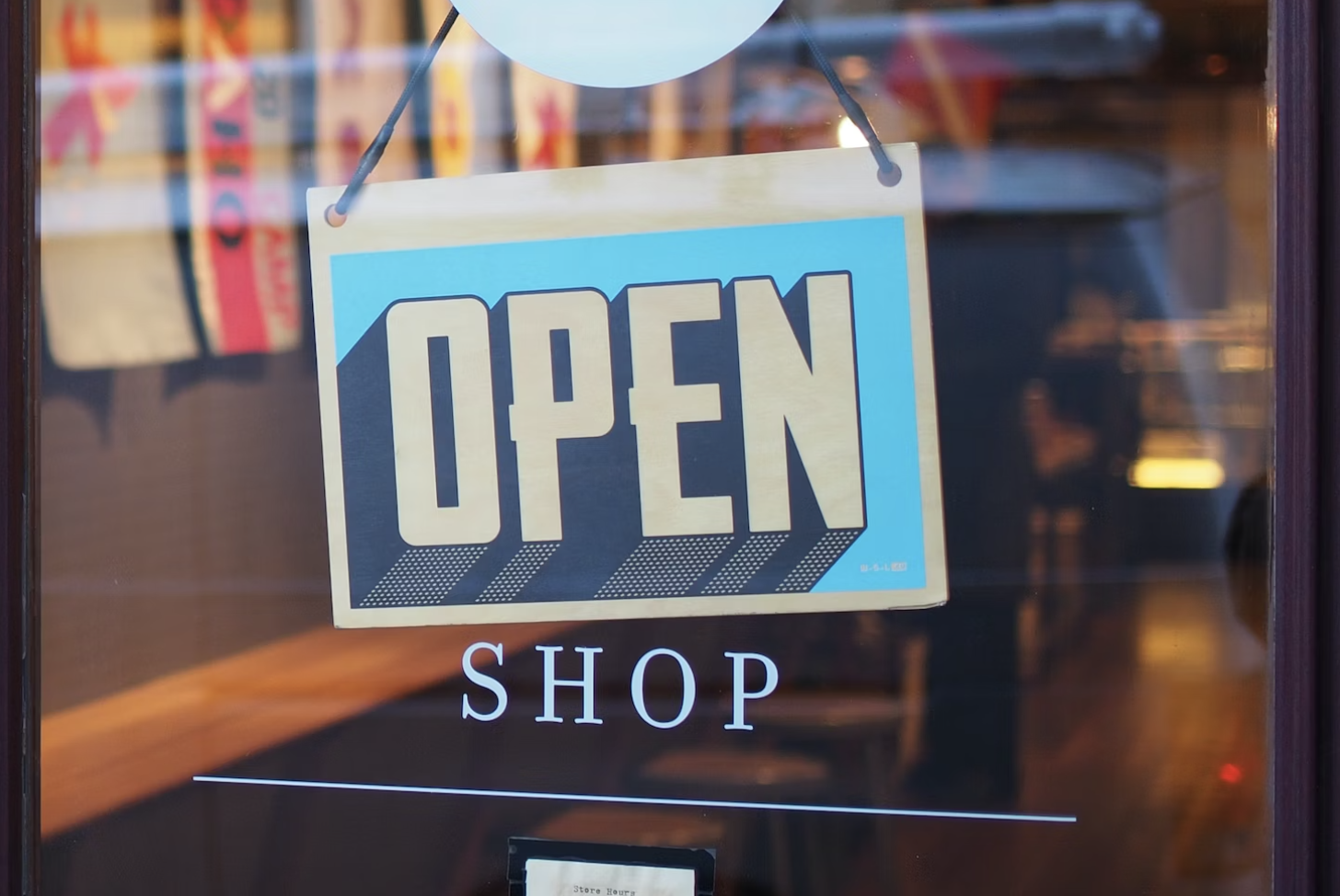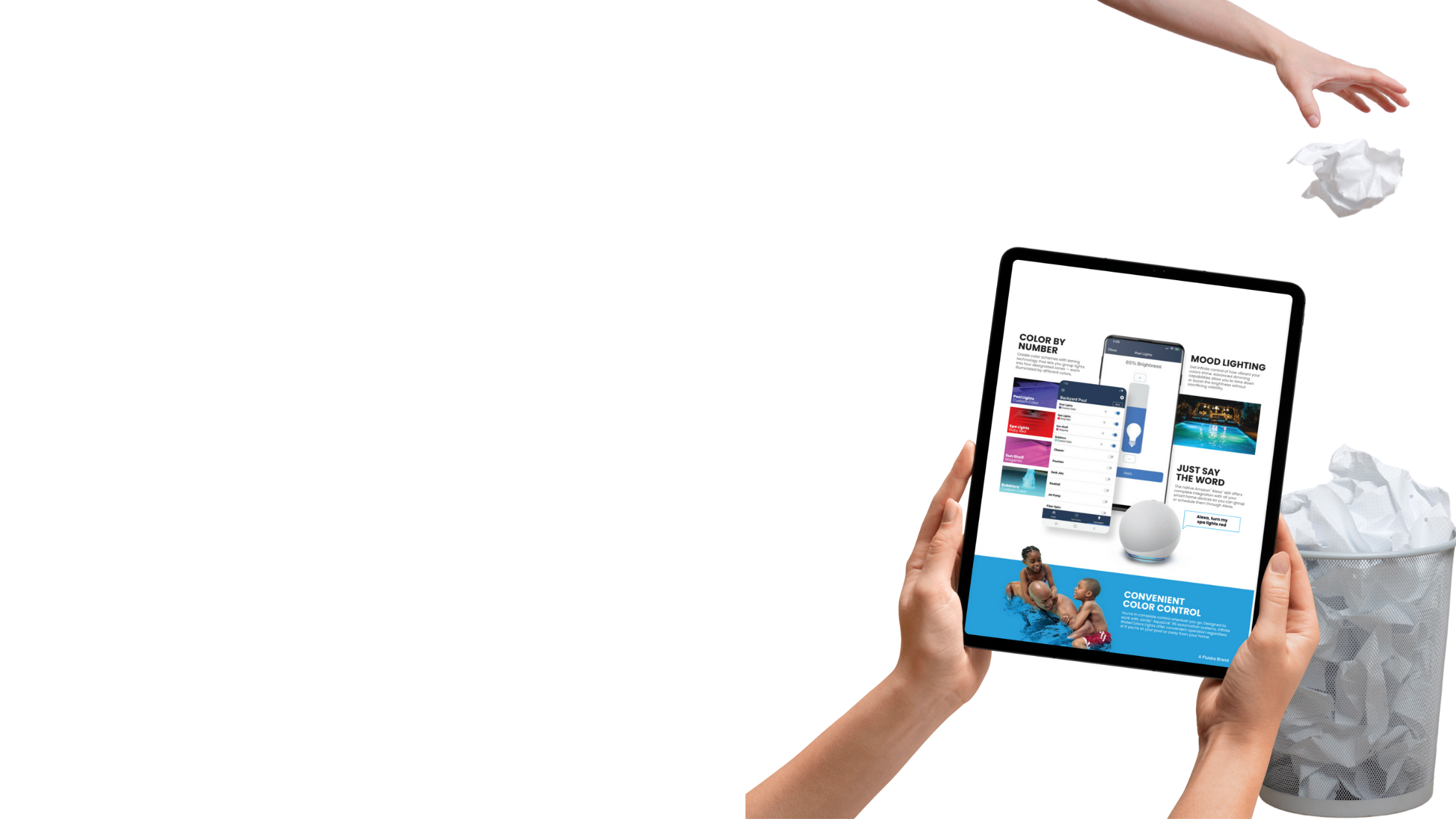According to data collected by ConsumerWise, we’re seeing an increase in shopping frequency, with consumer confidence holding fairly steady through the summer months. In fact, one-third of US shoppers reported that they feel optimistic about their financial situation.
Although shopping volume has increased, interestingly enough, the number of items in each basket actually declined. We saw a decrease of 3 to 5 percent, primarily in the grocery, health and beauty, and household product categories.
The top reasons for this include:
- Price hikes (particularly in grocery, personal care, and household products)
- Shoppers waiting for discounts before making purchases
- Shoppers chose to stock up and fewer trips (particularly among baby boomers)
So, a retailer, what should you do to adjust your marketing strategy?
1. Create inspirational content based on promotional and non-promotional items to increase their visits and encourage a larger basket volume.
It’s not enough to just promote a product. You have to tell a story. Invest in a library of content that addresses in-demand segments, particularly Cooking, Health & Wellness, and Lifestyle which are on the rise. Dive deep into your target demographic, understand what makes them tick, and curate your content based on their interests and preferred marketing channels.
One growing segment is Gen Z, who hold steady in shopping behavior, and show significant growth in online sales, while other generations may be on the decline. In the last year, online sales grew by more than 4% and is increasing at nearly double the rate of other generations.
Are you currently marketing to Gen Z consumers? If not, what channels and verticals should you be penetrating? What social media trends and topics should be top of mind?
In this case, having an inviting social media presence is critical. According to ICSC, 86% of Gen Z shoppers admit that they are influenced by social media when making online purchases. Since 2016, it has been a readily used feature to make purchases through Instagram. More and more brands are also capitalizing on popular trends, particularly from Instagram and TikTok, to create seasonal, curated content; one great example is Indigo’s #BookTok campaign where they promote fan favorite books and keep authors front and center in their retail stores.
2. Leverage digital channels to market your promotions to a wider audience.
Reaching your audience means meeting them where they are, and in today’s day and age, that means digital (especially mobile). When trying to get in front of new shoppers who might not have heard of your brand before – or are constantly around a sea of brands that are similar to yours – it’s important to stand out and remain top of mind. With the magic of digital channels and ads, you can guide and inspire your shoppers to an exploration and discovery phase. It’s about tapping into an audience in the early stages, sparking curiosity, and shaping their experience from the very beginning.
When considering getting in front of consumers, we can’t stress enough the value of digital channels. According to OuterBox, nearly 80% of smartphone users made an online purchase using their mobile device in just the last 6 months, and it’s not just younger shoppers shopping on their phones.
By ensuring that shoppers can find you digitally and that your weekly ad is mobile-friendly, this will be key in differentiating yourself in a situated market. Customers need to be able to easily add products to their cart, make safe transactions, and finish their purchases right there, without bouncing to another website. Minimize the number of steps required to complete a purchase and offer multiple payment options for your shoppers.
Looking at the numbers, we saw a huge spike in purchases in the Grocery, Health, and Beauty segments among Gen Z shoppers – increasing 10% in 2023 alone. As for Millennials, 30% are willing to spend on Health and Beauty, and are more likely to go online for essential items, including groceries, household, and personal care items. Notably, though, they don’t always want to shop digitally, and enjoy the flexibility of omnichannel options.
3. Collect shopper data to offer personalized deals based on buying history and content engagement.
As you successfully penetrate new markets and wider audiences, make sure you’re continuously tracking data points on shopping behaviors. It’s key to get granular about:
- Demographics: Age, gender, location
- Product Engagement: what items in your marketing strategies is driving the biggest audience engagement and conversion
- Purchase History: What they’re buying, how often they’re buying it, average transaction value, average basket size
- Shopping Preferences: Online vs. in-store, preferred time of day and week, preferred method of payment
- Feedback: What do they love? Which products should you double down on vs. remove?
- Loyalty Programs: Are they participating? Do you see an increase in shopping frequency after they join or redeem benefits? (80% of Americans have joined at least one loyalty program, so if you haven’t given this a try yet, there’s no better time than now!)
- Marketing Effectiveness: Which digital channels were most effective with each customer?
Digging into these insights and refining your data is key. Make sure you consistently review and re-evaluate your product inventory and assortment. There may be seasonal or cyclical products that you double down on, or products that no longer fit your consumer demand, that you remove from your shelves. This feedback loop is essential in increasing shoppers’ visits and providing a positive brand experience every single time.
— — —
Have any burning questions? Stop by Booth #1946 at The NGA Show on March 10-12, 2024 to check out our product in person, grab some swag, and chat about all things consumer spending.





